What Can Be Done to Fight Illegal Dumping?

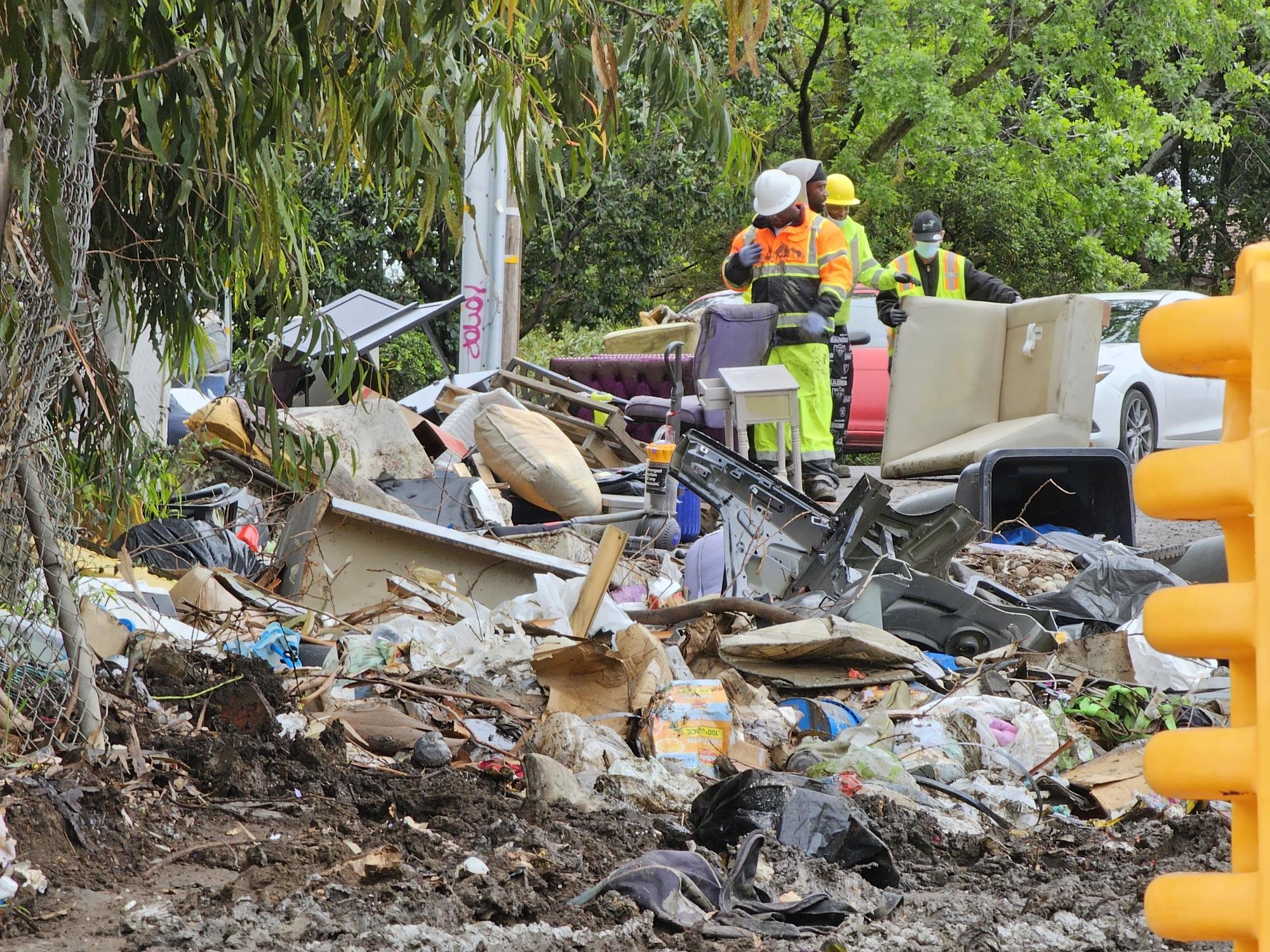
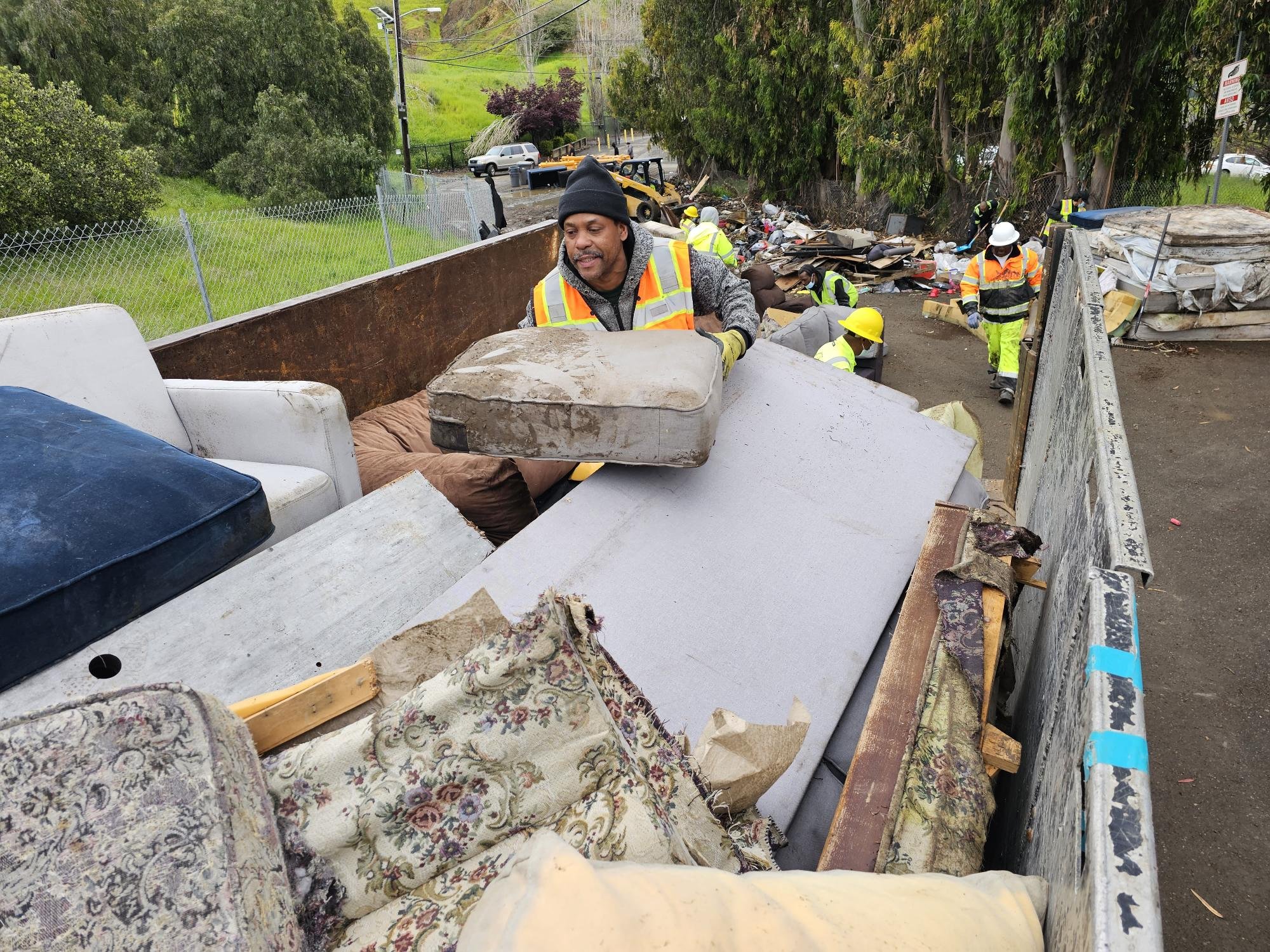
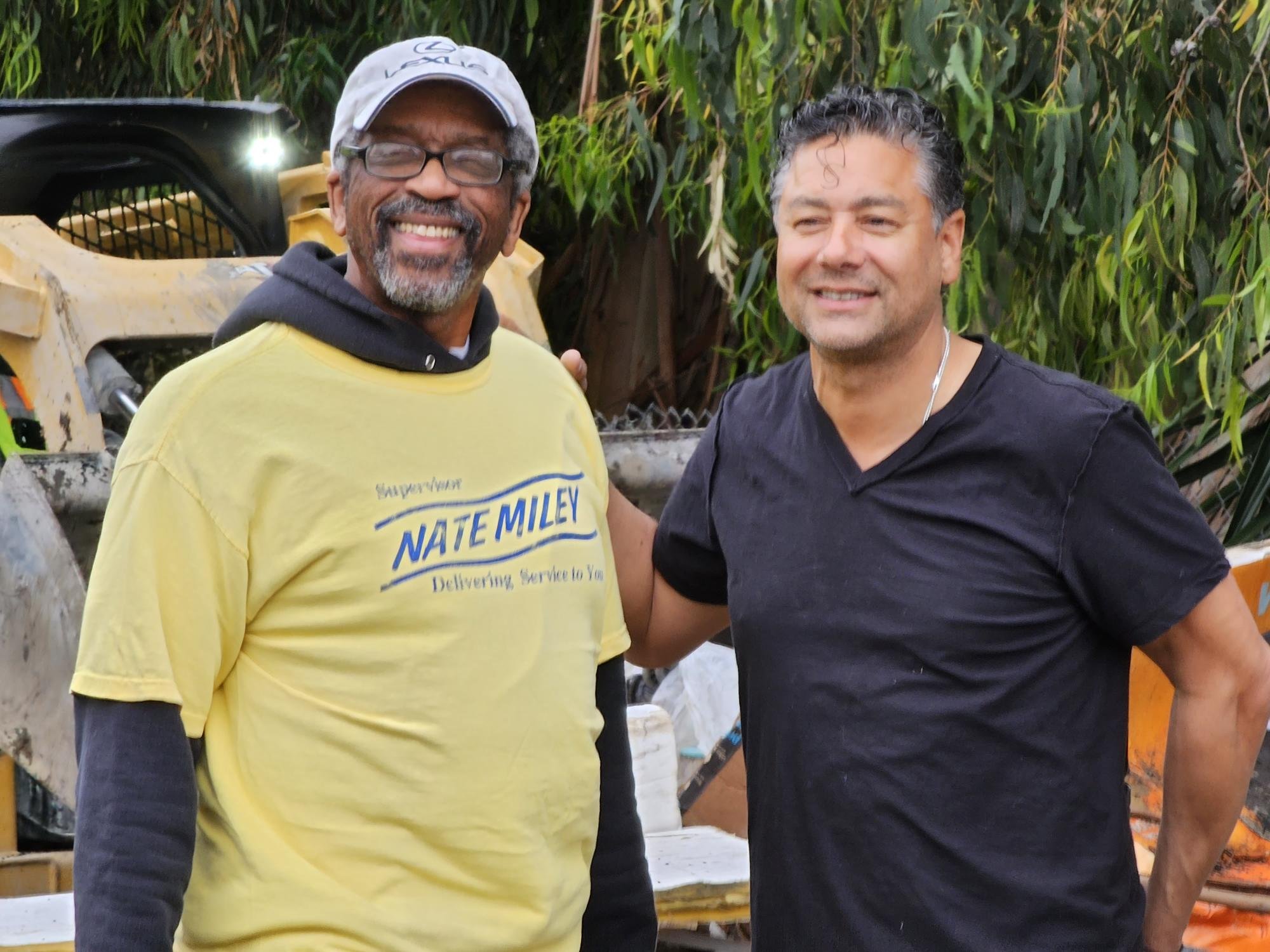
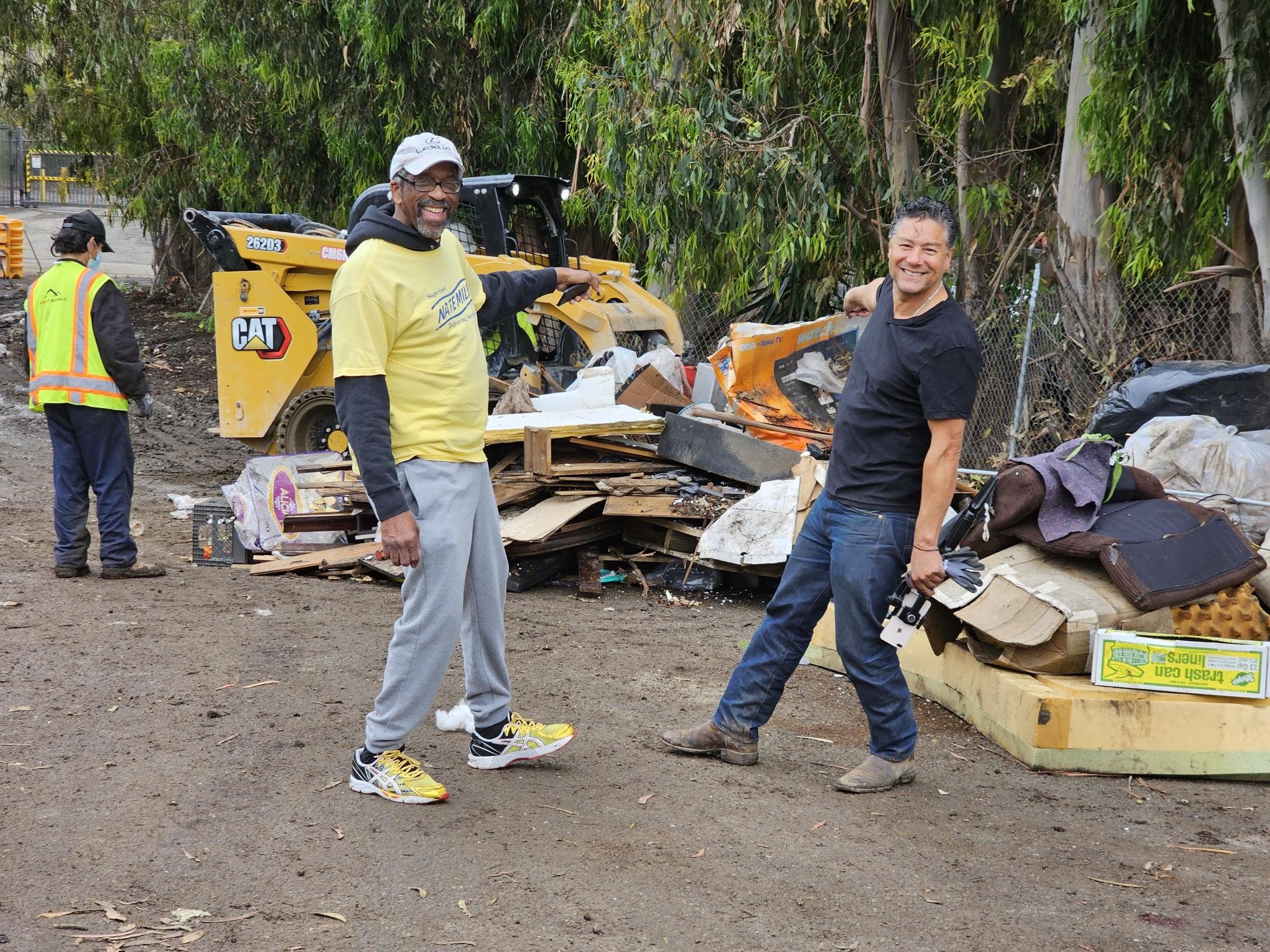
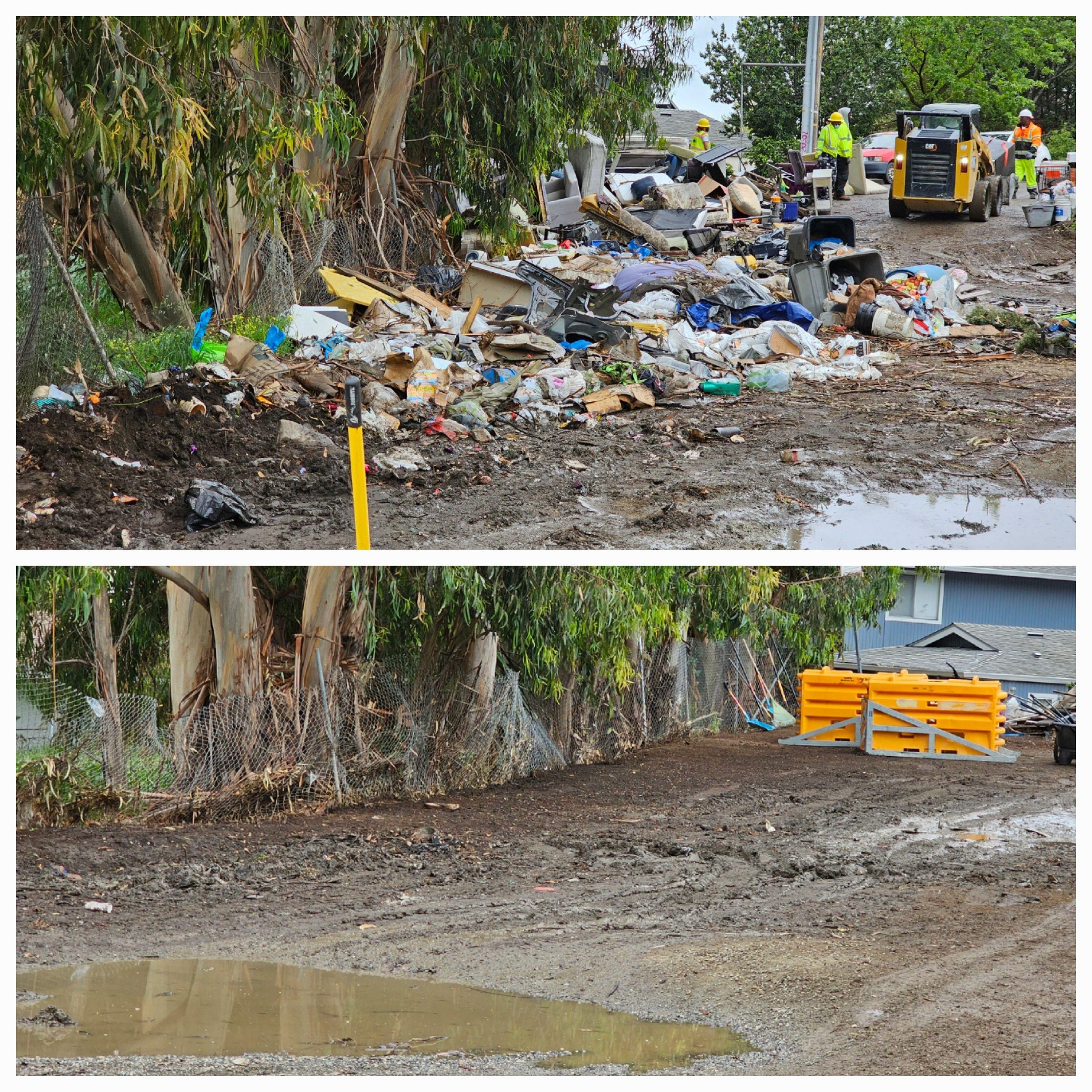

Bags of trash accumulate next to an abandoned building. A mattress sits near the railroad tracks. Piles of wood and concrete are left behind on quiet roads. Illegal dumping has gotten out of hand in Alameda County, residents, businesses, and officials agree. An upcoming conference aims to use partnerships to come up with solutions.
The 3rd Annual Statewide Conference on Illegal Dumping is scheduled in Oakland from April 19 through 21. Alameda County Supervisor Nate Miley and the Illegal Dumping Task Force organized the event. This year, the goal is to encourage public sector and non-profit collaboration to educate, eradicate, and enforce anti-dumping laws in urban, suburban, and rural communities.
“The scale of the problem is so vast, and we have been able to make headway, but it is like trying to stop the tide,” Erin Armstrong, senior policy advisor for Supervisor Miley's office, told the Forum.
For example, last Friday, Armstrong, Miley, and a team of volunteers removed more than 30 tons of illegal dumping, including 34 couches and sofa chairs, 20 mattresses, over a dozen appliances, and a large safe at a notorious dump site on Miramonte Avenue. The Task Force has identified hundreds of similar areas where garbage has been dumped, cleaned up, and then dumped again.
Armstrong says those who dump fall into three categories: look-the-other-way dumping, benevolent dumping, and industrial dumping.
“Some people pay $150 for someone to haul away their trash,” Armstrong said. “These haulers pocket the cash and dump the load near sites like the one on Miramonte. Benevolent dumpers will often leave behind something like a couch or food near a homeless encampment, thinking that they are doing something good. Industrial dumpers look for remote locations to leave behind concrete, dirt, or construction materials.”
It’s important to separate homelessness from illegal dumping, she adds, because encampments do not have ways to dispose of garbage. And sometimes, the dumping takes place on the border between county, state, and federal properties, making it harder to enforce.
“There can be a lot of finger-pointing in these jurisdictions,” Armstrong added. “Anytime you have governmental agencies like BART, Caltrans, and the railroads. Often local governments lack people, money, and resources for cleanups, which is why these partnerships are important.”
At a recent San Leandro City Council meeting, a dozen business owners asked the city to help them with their major trash problems along the Union Pacific railroad line. Tents, tarps, cardboard boxes, broken bicycles, and garbage cans being scavenged through are common sights.
“Businesses have had negative feedback and financial hardship due to the mess encountered,” San Leandro Chamber of Commerce president Emily Greigo said.
Mike Jaixen, a corporate spokesperson for Union Pacific Railroad, told the Forum it shares the community's concerns over illegal dumping along the railroad's right of way.
“Since the start of 2022, we have responded to over two dozen reports of illegal dumping in Alameda County,” Jaixen said.
Still, it doesn't take much effort to patrol a neighborhood and remove or report illegal dumping, says Forestr.org founder Yon Hardisty. The non-profit group works with agencies like Caltrans, Waste Management, and Public Works to remove trash along highways, creeks, and neighborhoods.
“We had about 20 people walking up and down Stanton Avenue for two hours picking up trash, and we removed a discarded television and a mattress,” Hardisty said. “As we go along and people see us taking pride in our neighborhoods, they often jump in at that time or sign up for future pickups.”
